By Genesis Haller
Residents of the City of Alcoa, City of Maryville, and Blount County have access to recycling services, and understanding what can and cannot be recycled is crucial for effective waste management.
Recyclable Items:
Mixed paper
Aluminum and steel cans
Plastic #1-2
Corrugated cardboard
Glass: only accepted at the Blount County Recycling Center ‘Glass Only’ bin. Please do not put glass in your curbside bin or at the Maryville convenience center bins.
Non-Recyclable Items:
Plastic bags, plastic film, bubble wrap, plastic cutlery, etc.
Mylar food wrappers: silver packaging, such as candy wrappers
Food waste
Scrap metal other than steel and aluminum cans only
Styrofoam
Aluminum foil or pans
Household Hazardous Waste
Electronics
Yard waste
Tires
Hoses, electrical cords, Christmas lights
How to Effectively Recycle
Before recycling any item, be sure to clean/rinse out any recyclables as best as you can. Containing recyclables in a plastic bag can make it easier to store and carry, but make sure to dump them out of the bag so the recycling is loose in the bin.
Where to Recycle
Blount County Recycling Center is available to everyone in the City of Alcoa, City of Maryville, and Blount County. The center has four separate containers: single-stream, corrugated cardboard, newspaper, and glass. Single-stream handles mixed paper, paperboard, aluminum and steel cans, and plastic #1-2 all in one container. All other items would go in their respective bins. If you have recyclables that Blount County does not currently accept, check with UT’s 24/7 Public Drop-off to see if your items may be accepted there.
City of Maryville residents also have access to the two City of Maryville recycling centers. These centers include bins that are single-stream. City of Alcoa residents have access to curbside bins provided by the city. For more information, contact the appropriate sanitation department.
What is recycling contamination, and why does it matter?
Recycling contamination is when a non-recyclable item ends up in the recycling process. Contamination can look different everywhere because each recycling facility differs on what is accepted. For example, plastic bags and film are not recyclable at the Blount County Recycling Facility and are considered contamination. Contamination can affect the quality of recycled materials, cause an extra trip to the landfill, and harm machinery and workers at the recycling facility. We all have good intentions when recycling, but it is important to be aware of recycling in our community to ensure it is as effective as possible.







